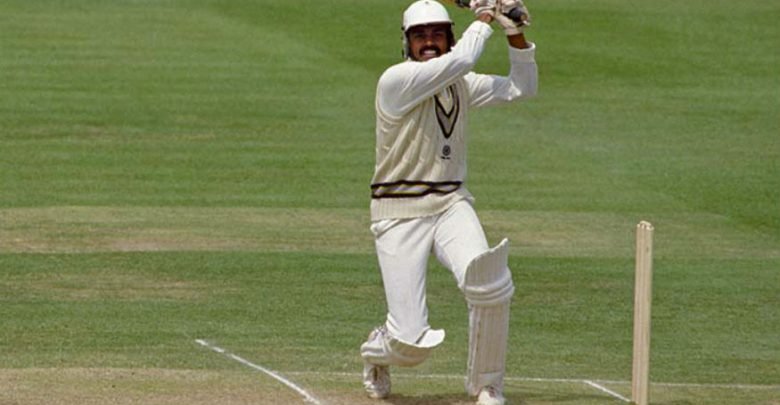CRICKETENGLISHLATEST UPDATESNEWS
The Rise of the Colonel – How the Summer of 1986 Elevated Dilip Vengsarkar

India were touring England in the summer of 1986. They hadn’t won a Test series in almost 5 years – since beating the English at home in late 1981-82. They had played 37 but won just one solitary Test since then.
Although they were the defending World Cup Champions and were also victorious in the World Championship of Cricket in Australia in 1985, their record in the longer format had been dismal.
Dilip Vengsarkar was regarded as a fine Test batsman but not a world-beater. He had tasted success in 1978-79 during which he averaged 49.85 in 25 Tests registering 5 hundreds. This included a sensational unbeaten 146 in the 4th innings in Delhi against Pakistan in 1979 when India almost pulled off a miraculous 390-chase falling just short at 364/6.
But his average in the remaining 57 Tests was below 35 (34.07) – which basically meant that he averaged less than 35 for more than two-thirds of his career till then.
Vengsarkar had not done justice to his immense talent. He was India’s seventh-highest impact batsman (min. 20 Tests) with a failure rate of 54% from 82 Tests since his debut in 1976. His recent form (prior to the England tour in 1986) had been below par and his Actual Average (Runs/Innings) was less than 35 in three of the previous 4 series he had played.
But it all changed!
Vengsarkar played a leading role with the bat with a fine 126 helping India to a five-wicket victory at Lord’s. He became (and remains) the first visiting batsman to register three hundreds at Lord’s. And he did it in three consecutive Tests at the historic venue – 1979, 1982 and 1986!
He top-scored with 61 in India’s first innings on a tricky pitch at Leeds. The visitors ended with 272. England were routed for 102. But India were in trouble at 9 for 2 when Vengsarkar joined Shastri at the crease. Wickets continued to tumble (29/3, 35/4, 70/5) but the Colonel held fort at one end putting together useful partnerships with Kapil Dev, Madan Lal and Roger Binny. He remained unbeaten on a magnificent 102 as India were bowled out for 237. The target of 408 proved too much for the home team and they crumbled under pressure and were cleaned up for 128. India won the Test by 279 runs and with it took the series.
His hundred at Leeds was Vengsarkar’s highest impact batting performance outside India.
The third Test ended in a draw in Birmingham. India had won a historic series – their second ever in England!
The next two years saw a mercurial rise in Vengsarkar’s career. From the England series till the end of the third Test against the West Indies in Kolkata in December, 1987, Vengsarkar had aggregated 1631 runs in just 16 Tests at a phenomenal average of 101.93 with a record 8 hundreds.
He was the highest impact batsman in the world in this time frame (June 1986 to December 1987).
He was also one of Wisden’s Cricketers of the Year in 1987.
Vengsarkar played 34 Tests from the 1986 England series till he retired in February, 1992. Not only did he have the highest average of 52.16 in this period but was also the highest impact Indian batsman and also their most consistent one in this period.
The Colonel retired as a Great. The Summer of ’86 transformed his career.




